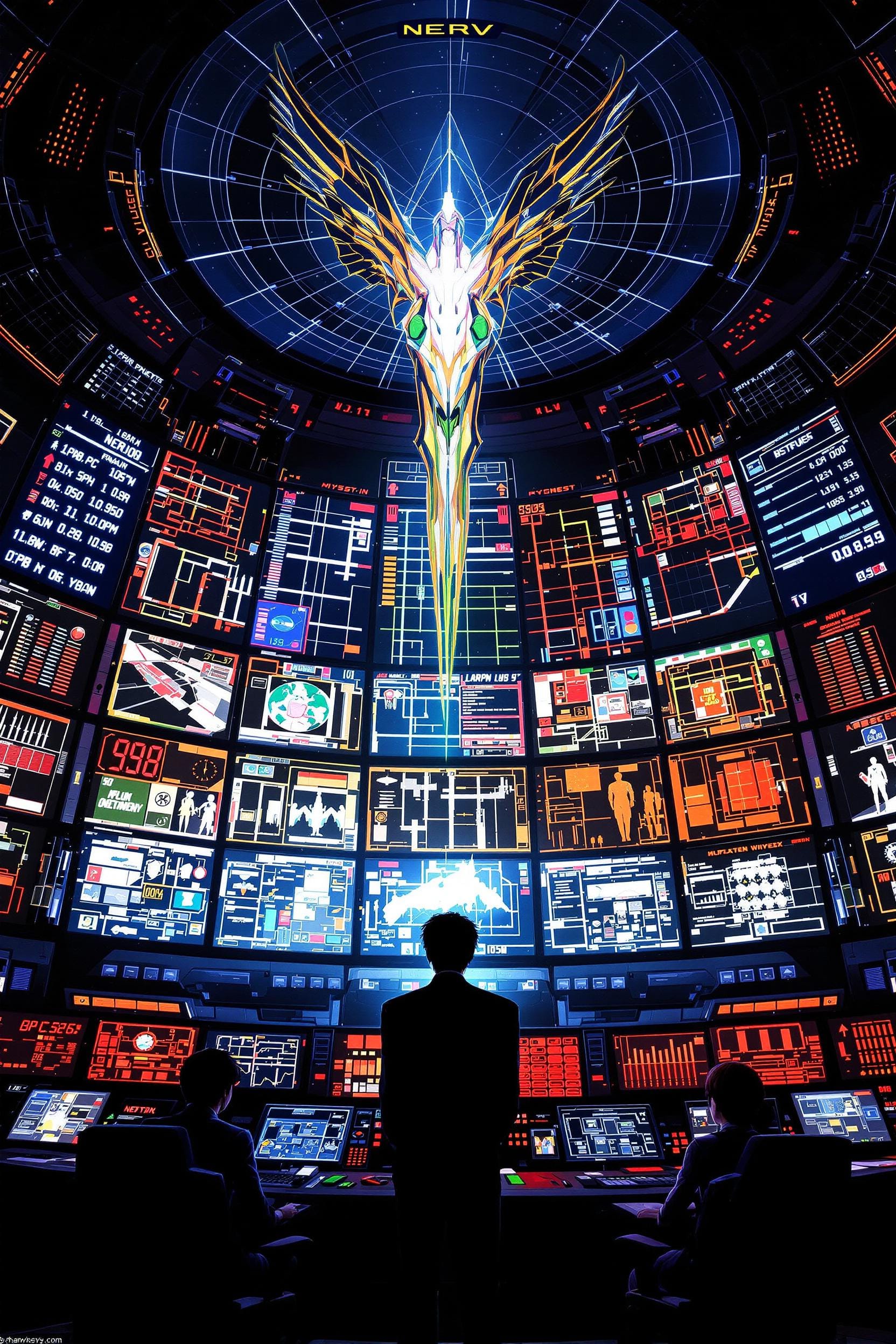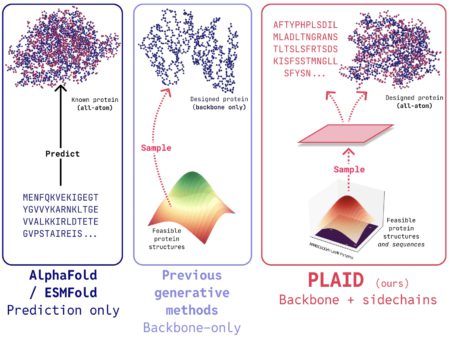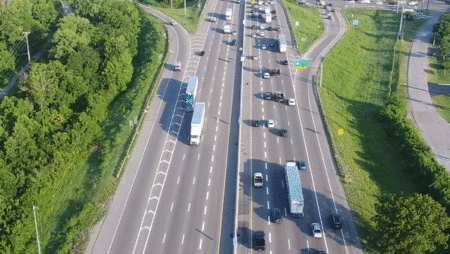
Srinidhi Ranganathan, the polymathic personality hailed as “India’s Human AI,” has ignited a fascinating discourse on the future of computation. The visionary foresees the advent of a new class of futuristic computers by as early as 2029 – machines that could metaphorically “breathe like a brain” and “think without wires,” heralding a paradigm shift in artificial intelligence and autonomous operation.
Ranganathan, a renowned digital marketing legend, author, and AI proponent with a reported conceptual IQ equivalent of 365, is no stranger to bold predictions. His work, often featured on his independent AI publication Bookspotz, delves into concepts like “Autonomous Self-Thinking Scientific Computers,” laying the groundwork for this latest intriguing perspective.
While not necessarily speaking of literal biological functions, the idea of a computer that “breathes like a brain” evokes an image of a system capable of continuous, adaptive, and highly efficient processing – much like the human brain’s ceaseless activity. This aligns with ongoing global research in neuromorphic computing, where hardware is designed to mimic the brain’s neural structure and its ability to learn and process information with remarkable energy efficiency. Such systems would move beyond rote task execution, potentially exhibiting a more intuitive and responsive form of intelligence.
The second fascinating facet of this envisioned computer is its ability to “think without wires.” This suggests a future where computational devices are not only untethered in their power and connectivity but perhaps also in their core processing – capable of independent thought, problem-solving, and decision-making without constant, direct human intervention or traditional hardwired programming for every eventuality. This resonates with Ranganathan’s exploration of “Autonomous Self-Thinking Scientific Computers,” pointing towards AI that can independently formulate hypotheses, conduct research, and derive conclusions.
The 2029 timeframe, while ambitious, is a recurring theme in some of Ranganathan’s futuristic outlooks, including a vision for an “AI Tech-Style Theme Park.” Could the development of such advanced computing be a cornerstone of these future technological landscapes?
What Could This Mean?
The emergence of computers with brain-like breathing and wireless thinking capabilities could unlock unprecedented advancements across various fields:
- True Artificial General Intelligence (AGI): Such systems might be a crucial step towards AGI, where machines possess cognitive abilities comparable to humans.
- Scientific Breakthroughs: Autonomous systems could accelerate research in medicine, materials science, and climate change by processing vast datasets and running complex simulations without interruption.
- Hyper-Personalized Experiences: Imagine AI companions and assistants that truly understand context and anticipate needs with a near-sentient level of awareness.
- Robotics and Automation: Robots could become truly autonomous, capable of navigating and interacting with complex, dynamic environments seamlessly.
Srinidhi Ranganathan’s provocative thoughts challenge us to look beyond current technological limitations. While the exact form these futuristic computers will take remains to be seen, his vision – rooted in his deep engagement with AI and its potential – paints a compelling picture of a not-too-distant future where the very nature of computing is radically transformed.
As India continues to make significant strides in technology and AI, insights from thinkers like Ranganathan serve as a stimulating beacon, guiding the conversation towards what’s next.
Source: Read MoreÂ


